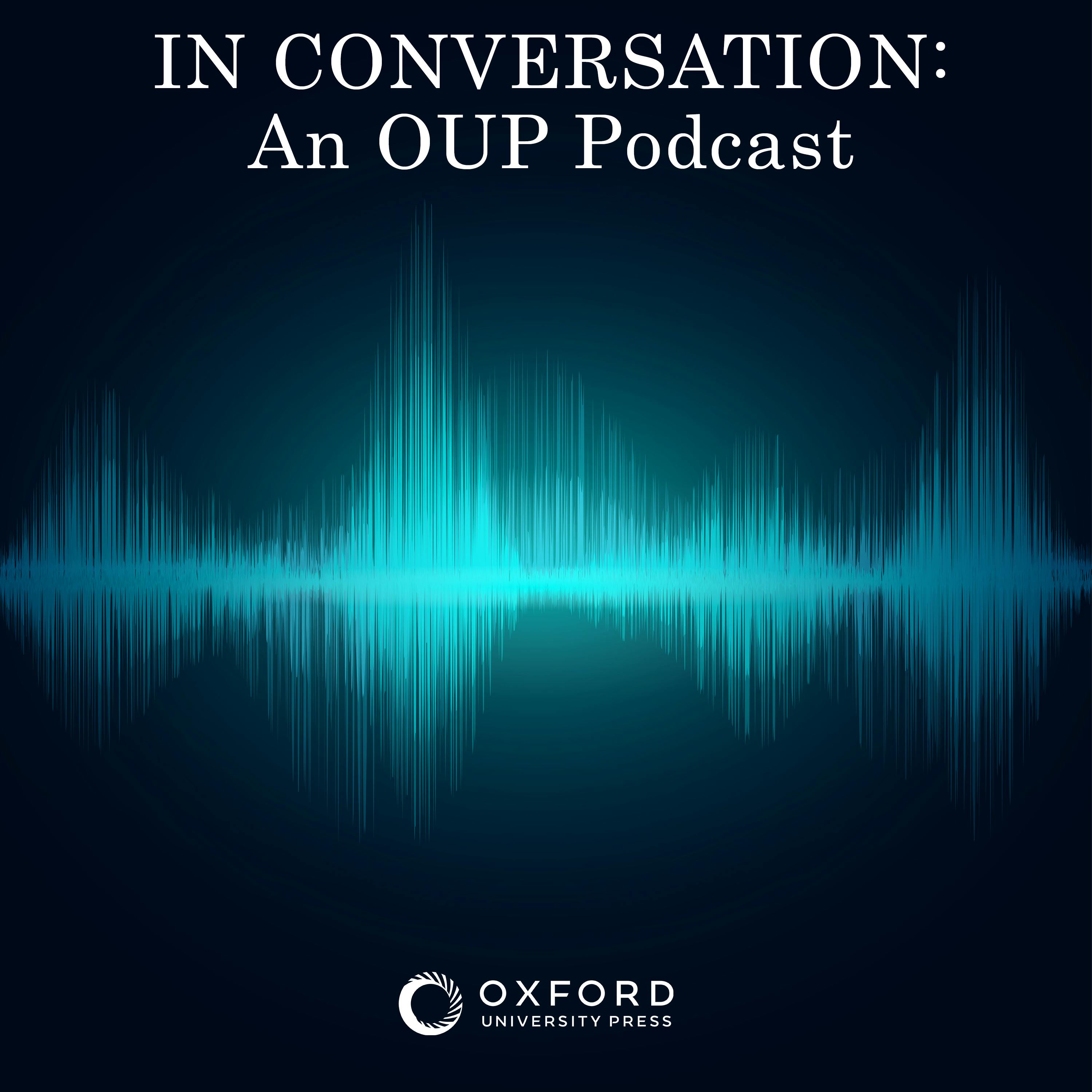
Craig Lockard, “Southeast Asia in World History” (Oxford UP, 2009)

In Conversation: An OUP Podcast
Shownotes Transcript
A book called Southeast Asia in World History )(Oxford University Press, 2009) might seem on the face of it to be out of place on a blog about South Asia. But as Craig Lockard) so convincingly demonstrates, this region was shaped by, and in turn gave much to, the rest of the world. Its links with South Asia, with the ancient empires of India, go back to antiquity; and Indian traders in turn were responsible for ferrying many Southeast Asian spices to the rest of the world; curiosity eventually drew the Arabs and then the Portuguese, to the region, thus bringing the world to a place that already boasted of Indic, Sinitic and Pacific peoples and cultures.
The nation states of modern Southeast Asia, both mainland and maritime, have continued this proud tradition of welcoming people from across the world; not always without conflict, but this is part of a larger process of acceptance and assimilation that translates into being able to partake of foods from across the world on the streets of Penang and Singapore and Jakarta; of a small city state becoming a global hub insofar as connections, virtual and real, are concerned, and of politicians coming from ‘minority’ ethnic groups and nobody batting an eyelid. Craig’s book shows us how this is the result not of some artificially engineered process, but of an autochthonous tradition of pluralism that has endured over the centuries.